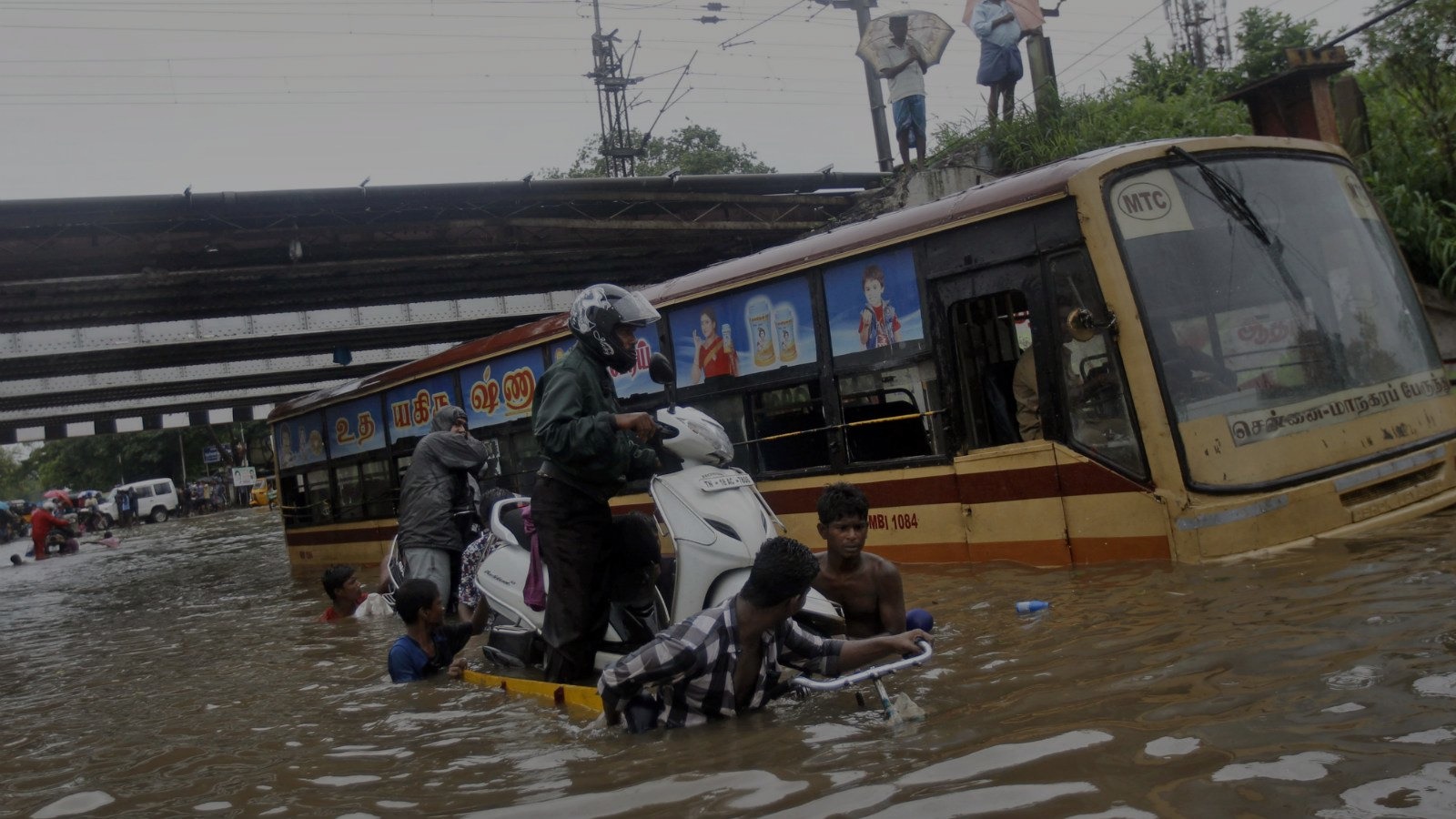Increasing the share of renewable energy sources in India’s electricity mix and implementing changes in cooling technologies for thermal power plants could serve not only to reduce the country’s carbon emissions intensity, but could also substantially reduce water consumption, mitigating or outright eliminating electricity supply risk due to water shortages.
A pair of reports authored by the International Renewable Energy Agency (IRENA) and the World Resources Institute (WRI) and published on the sidelines of the Abu Dhabi Sustainability Week at the World Future Energy Summit highlight the danger facing India if business-as-usual methods relating to thermal power and water usage are not addressed quickly. Specifically, WRI analyzed all of India’s more than 400 thermal power plants and found that the country’s power supply is facing water shortages that is increasingly jeopardizing the country’s electricity security.
Specifically, WRI determined that 40% of India’s thermal power plants are located in high water-stress areas, and 14 of India’s 20 largest thermal utilities experienced at least one shutdown due to water shortages between 2013 and 2016, resulting in costs of $1.4 billion. Worse, WRI expects the issue will only worsen unless direct action is taken to reduce water reliance. 70% of India’s thermal power plants will face high water-stress by 2030 due to climate change and increased demands from other sectors if direct action isn’t taken soon.
In all, 90% of India’s thermal power plants rely on freshwater for cooling — technologies including coal, solar thermal, geothermal, waste incineration, petroleum, and some natural gas power plants — which poses a significant problem, considering that thermal power plants account for almost all of India’s electricity (83%). According to WRI, freshwater consumption by thermal power plants grew by 43% between 2011 and 2016, from 1.5 to 2.1 billion cubic meters per year.
To give this figure a bit of context, in 2010 India’s total domestic water consumption was approximately 7.5 billion cubic meters, meaning that thermal power plants accounted for around 20% of India’s water.
“Water shortages shut down power plants across India every year,” said O.P. Agarwal, CEO, WRI India. “When power plants rely on water sourced from scarce regions, they put electricity generation at risk and leave less water for cities, farms and families. Without urgent action, water will become a chokepoint for India’s power sector.”
“Our lack of knowledge about how much water India’s power sector is using makes the problem harder to solve,” added Dr. Ivaturi. N. Rao, Head-Corp. Environment & Climate Change for Tata Power, India’s largest integrated power company. “The Government of India has recently mandated limits for specific water consumption at thermal power plants, which is a critical step forward. However, they should also create policy incentives for water conservation. This will help encourage water efficiency and innovation across the power sector.”
The water scarcity is already having tremendous impacts in India. The country’s thermal plants failed to meet their daily electricity generation targets 61% of the time between 2013 and 2016 due to forced power plant outages. While this was not solely down to water shortages (this was the fifth reason) it was the largest environmental cause. Nevertheless, water shortages cost India approximately 14 terawatt-hours (TWh) of potential thermal power generation, which resulted in cancelling out 20% of the growth in the country’s electricity generation from 2015.
The WRI report, Parched Power: Water Demands, Risks and Opportunities for India’s Power Sector, was accompanied by a joint report between WRI and the International Renewable Energy Agency (IRENA), Water Use in India’s Power Generation – Impact of Renewables and Improved Cooling Technologies to 2030, which outlines a suggested pathway to mitigate water shortage by increasing renewable energy capacity and implementing changes in cooling technologies. Specifically, the report finds that transforming India’s power sector driven by solar PV and wind, coupled with cooling technology changes, could yield as much as an 84% decrease in water withdrawal intensity by 2030, lower annual water consumption intensity by 25%, while reducing carbon emissions intensity by 43%.
“India has emerged as a global leader in renewable energy achieving record-level growth in deployment, rapid cost reductions and many socio-economic benefits of the energy transformation.” said Dr Henning Wuester, IRENA Director of the Knowledge, Policy and Finance Centre. “Scaling up the use of renewables, especially solar PV and wind, will yield further benefits, in particular long-term reductions in the dependency of the power sector on freshwater.”
“Renewable energy is a viable solution to India’s water-energy crisis,” said Deepak Krishnan, Manager, Energy Program, WRI India and co-author of the report. “Solar PV and wind power can thrive in the same water-stressed areas where thermal plants struggle, so accelerating renewables can lower India’s water risk while meeting our NDC.”
“India’s move towards renewable energy is essential, especially as water stress puts increasing pressure on India’s thermal power plants,” added Dr Agarwal. “Water risks to thermal power plants cannot be ignored when considering the cost of thermal energy. Renewables, especially solar PV and wind energy, present a win-win solution for both water and climate.”
Source: https://cleantechnica.com/2018/01/16/increasing-renewable-energy-india-can-reduce-emissions-water-use-supply-risk/


